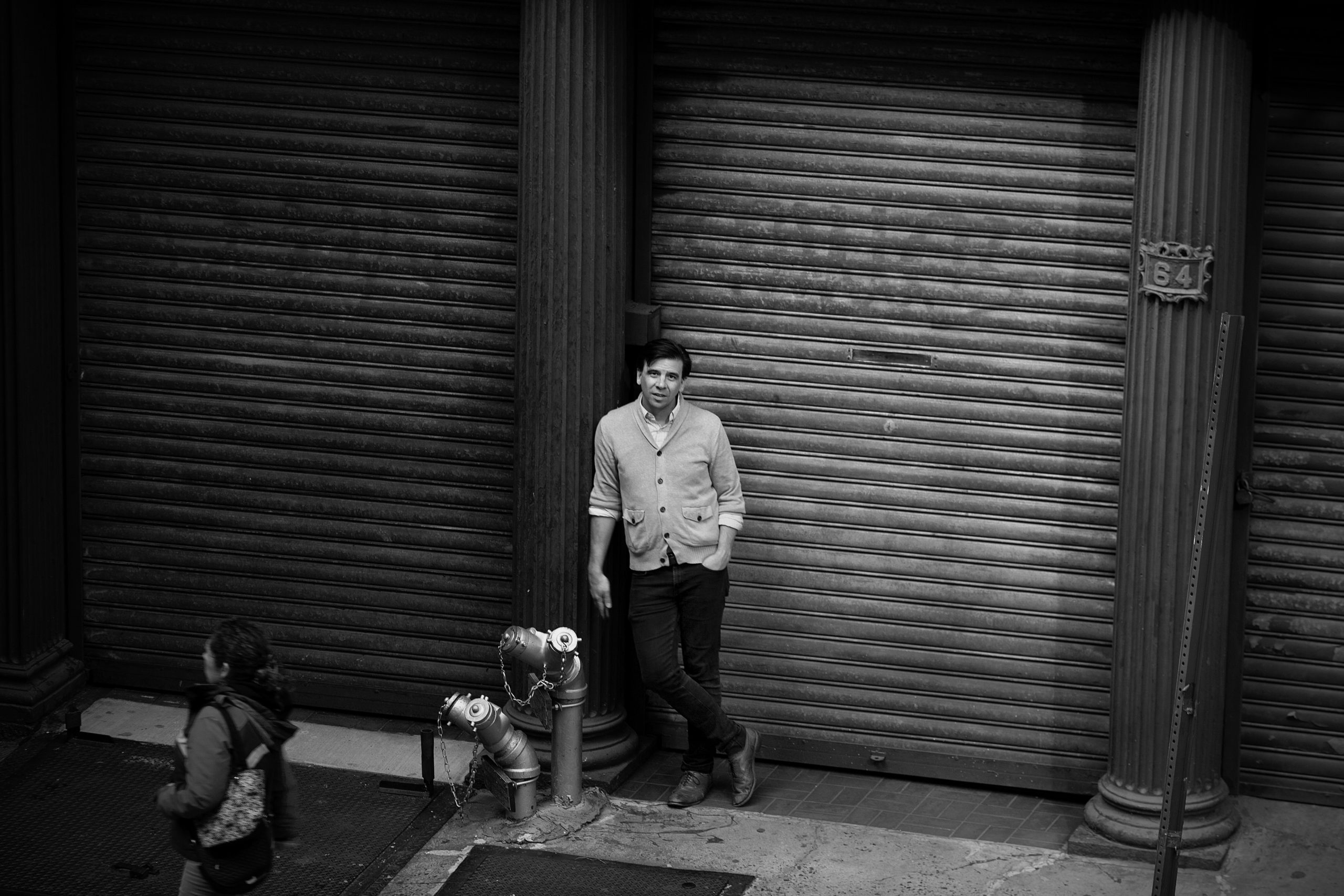
Tribeca holds a special significance for me and my practice of psychotherapy
When I opened my private practice in 2009, Tribeca seemed to be a natural fit. I had lived in the neighborhood for several years and, in addition to a short commute and an opportunity to practice therapy in the community in which I lived, Tribeca held a special significance for me and my work practicing psychotherapy. I moved to New York just a few weeks before September 11, 2001 to begin graduate school in social work. In the months that followed the attack at the World Trade Center, I volunteered at the Worth Street disaster recovery center, which the City set up in Lower Manhattan, as a part of a team of mental health professionals offering counseling and advice to those struggling emotionally with direct and indirect repercussions of the tragedy. In many ways, it was the beginning of my experience practicing psychotherapy, as well as my connection to the Tribeca neighborhood.
My creative approach to therapy resonates with Tribeca
In 2009, Tribeca was actually an unusual choice to open a practice. Everyone told me the neighborhoods to be located were Union Square, the Upper East Side, or the Upper West Side. I didn’t get a clear answer as to why. People said, “That’s where the therapists are” (not exactly compelling) and “No one will come that far downtown.” While plenty of people lived and worked Downtown and the neighborhood was close to most New York subway lines, I was still nervous when I rented a space on Broadway and Reade Street.
First, all the patients I worked with at my private practice near Union Square were happy to continue seeing me Downtown. Over the years, we’ve had plenty of patients from Uptown, as well as Brooklyn, Queens, and New Jersey, but Tribeca and the Financial District seemed thrilled to have a great therapy option in the neighborhood. As the demand for the neighborhood took off, Tribeca attracted more and more therapists, but Tribeca Therapy–now a group practice on Chambers Street–has maintained a consistent, strong presence in the neighborhood (To be clear, I’m glad there are other therapists in the area–I like the idea of people having choice when it comes to therapy).
My style of therapy also seems to resonate with Tribeca. I used to say, “It’s not your grandfather’s psychotherapy.” People in Tribeca often told me about their old therapist Uptown who was just so…Uptown. Part of what they seemed to be expressing was that my style isn’t psychoanalytic–I don’t have a couch, I actually speak in session (a surprising amount of people told me this), and I’m not a rigid “blank slate.” There’s something about the decision to live in Tribeca that grooves with my more creative approach to therapy.
Both Tribeca Therapy and I have built strong relationships with the community
Throughout the years working in Tribeca, both Tribeca Therapy and I, personally, have built a deep relationship with the community. I know school teachers, counselors, and principals, as well as store owners and other business people. The practice has relationships with nearly all the local public and private schools, as well as BMCC. We serve individuals from the Financial District, the World Trade Center, and the World Financial Center, as well as employees of the city, state, and federal governments who work within a short walk of the practice on Chambers Street. We work with families, who have referred friends and families.
Above all, Tribeca offers a strong sense of community–it’s a place where people choose to be, more so than happen to wind up. I connect with that sense of community, which is also important to me in my practice of psychotherapy.